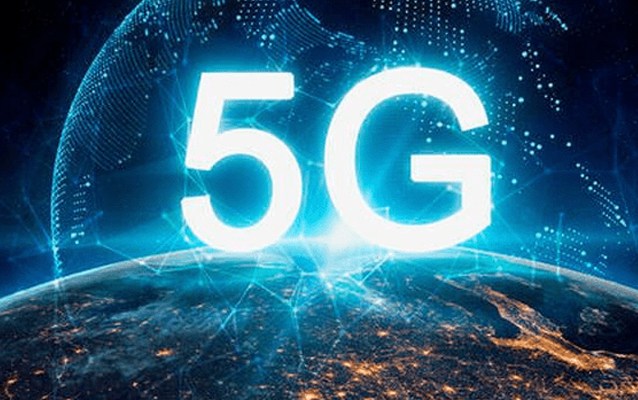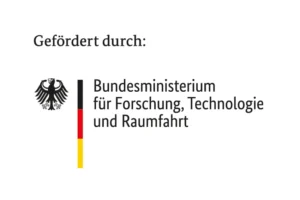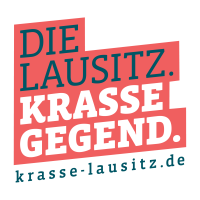5G as a future technology for heterogeneous sensing and multi-sensor systems?
BACKGROUND
This work package addresses the use and analysis of the 5G standard for the various applications of networked sensors throughout the iCampus project. Examples include drone communications, smart machines, and novel gas and refractive index sensors. Within the iCampus, research will not be conducted on the 5G wireless standard itself, but rather with 5G technology and its use in an automated world of heterogeneous requirements.
TECHNOLOGY
Service characteristics of 5G include high bandwidth with low latency, energy efficiency, and security. However, depending on the use case, it appears sensible to focus on specific service characteristics and thus achieve system optimization. Therefore, the following investigations are to be carried out:
- Evaluation of robustness of 5G networks by inserting faults and/or shutting down nodes.
- Optimization of energy efficiency by selectively switching off network nodes that are not required.
- Evaluation and demonstration of real-time capability using practical examples of machine control.
- Investigation of methods for local data (pre)processing to reduce the load on the network.
APPLICATION
- Networked sensors; (wearable) sensors
- Industrie 4.0
- Automation technology
- Autonomous mobility
- Integrated energy systems
CONTACTS
Prof. Dr.-Ing. Johannes Schiffer
Brandenburg University of Technology Cottbus – Senftenberg
Field of expertise: Control systems and network control technology
Siemens-Halske-Ring 14
LG 3A, Room 165
03046 Cottbus
M: Johannes.Schiffer@b-tu.de
T: +49 (0)355 69-2809
Dr.-Ing. Marc Reichenbach
Brandenburg University of Technology Cottbus – Senftenberg
Field of expertise: Technical computer science
Konrad-Wachsmann-Allee 5
Verfügungsgebäude 1C, Room 1.38
03046 Cottbus
M: Marc.Reichenbach@b-tu.de
T: +49 (0) 355 69-2026





